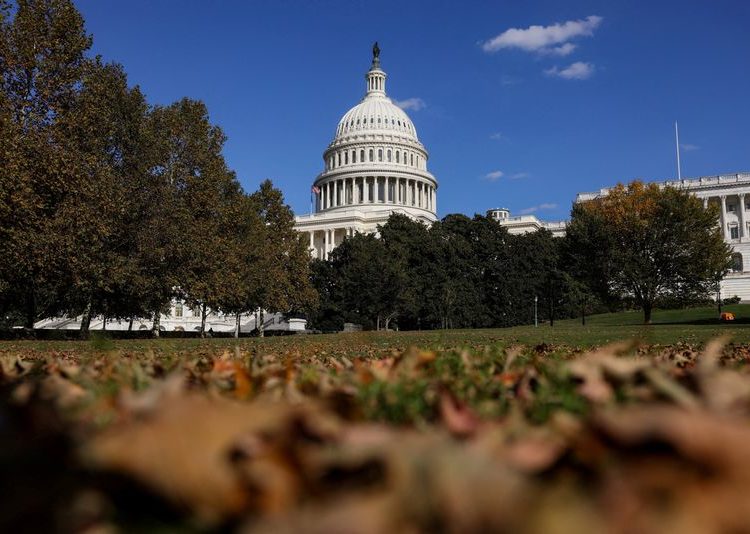A village in the Swiss Alps has been buried beneath ice, rock and mud after a massive piece of a nearby glacier collapsed.
On Wednesday, a landslide from the mountain side of Birch Glacier — located in the Lötschental valley in northern Switzerland — flattened homes in the Alpine town of Blatten after a large chunk of the glacier broke off, Bethan Davies, a professor of glaciology at Newcastle University in the U.K., told ABC News.
MORE: How penguin poop can help to mitigate climate change
The collapse occurred as a result of a “cascading disaster,” Davies said. There is also concern of flooding in the River Lonza due to the debris from the landslide.
The mountain side of the glacier had been unstable since last week, when millions of pounds of rock debris fell onto the glacier surface, Davies said. The load, along with warm temperatures on Monday, accelerated the glacier’s collapse, Swiss Radio and Television reported.
“This is a marked acceleration,” Davies said. “Lots of cracks started to form, a sign of the tension in the ice.”
MORE: Disappearing glaciers will give way to emerging, ‘novel’ ecosystems, new research finds
Emergency managers had been observing increased glacier melt at Birch Glacier, ordering hundreds of villagers to evacuate after debris from the mountain behind the glacier crumbled days before the catastrophic collapse.
The collapse likely occurred as a result of permafrost thawing underneath and along the sidewalls surrounding the glacier, Mathieu Morlighem, a glaciologist at Dartmouth College, told ABC News.
The permanently frozen soil is the “glue” that keeps the mountain rock stable, but as temperatures warm, the permafrost melts and destabilizes the mountain, Morlighem said, adding that a similar event happened in the Silvretta Alps in Switzerland in 2023.
The Birch Glacier was “much worse” due to the amount of ice and meltwater, which caused a deluge of ice, mud and rock to damage the picturesque village of Blatten.
MORE: Climate change is making climbing in the Himalayas more challenging, experts say
The dangers of glacial degradation range from a sudden catastrophic collapse to formation of lakes that burst through their natural dams and cause havoc, which has happened in the Himalayas and Andes mountain ranges, Sridhar Anandakrishnan, a glaciologist at Pennsylvania State University, told ABC News.
“I think we can expect more events like this in the future,” Morlighem said.
Video of the mudslide shows large mounds of debris racing down the mountain before burying the village of Batten.
Satellite images above the town show where mud and debris cover areas where buildings once stood.
Search-and-rescue teams were searching for a missing 64-year-old man, but the search was suspended on Thursday afternoon after authorities deemed the debris mounds too unstable, Reuters reported.
One resident told Reuters that she “lost everything” in the mudslide. Another said, “You can’t tell that there was ever a settlement there.”
While scientists are cautious about attributing single events to climate change, glaciologists have been concerned about the impact of climate change on glaciers in Switzerland in recent decades.
Mountain landslides are more common in a warming climate, Davies said. In addition, increased rainfall in a warming climate can melt permafrost and change the number of freeze-thaw cycles, which can also exacerbate landslides, Davies said.
Climate change is causing dramatic changes in mountain glaciers in Europe and all over the world, Davies pointed out. At least one-third of European Alps glacier loss will be gone by 2050, even without further warming, according to a 2024 report from the International Cryosphere Climate Initiative.
“What happened to Birch Glacier is what we would expect from rising temperatures in the Alps and elsewhere,” Morlighem said.
MORE: Antarctic sea ice has reached a record low for the year, researchers say
Glaciers in Switzerland have lost almost 40% of their volume since 2000, and the loss is accelerating, according to the Swiss Federal Institute for Forest, Snow and Landscape Research. Record-high summer temperatures in 2022 and 2023 caused a 10% glacial ice loss in the country.
The average temperature in the Swiss Alps has risen by 3 degrees Celsius since the 1970s, Daniel Farinotti, a glaciologist at ETH Zurich, said during an interview in March.
“Switzerland’s glaciers could vanish completely by 2100,” Farinotti said.
The melting of Switzerland’s glaciers could result in long-term reductions in the country’s water supply, according to the Swiss Federal Institute for Forest, Snow and Landscape Research. Melting may also contribute to rising sea levels in the next century, climate scientists say.
A quarter of Switzerland’s glaciers could be saved if global warming is kept to under a 2-degree Celsius rise, the experts said.
Why glaciologists believe the Birch Glacier collapsed, burying a nearby Swiss town originally appeared on abcnews.go.com
The post Why glaciologists believe the Birch Glacier collapsed, burying a nearby Swiss town appeared first on ABC News.




